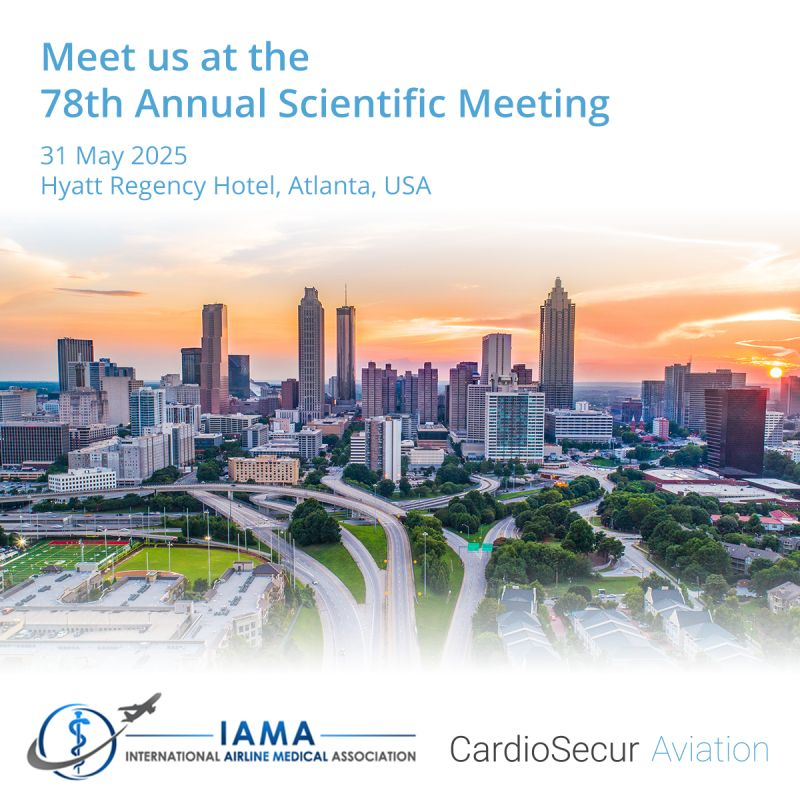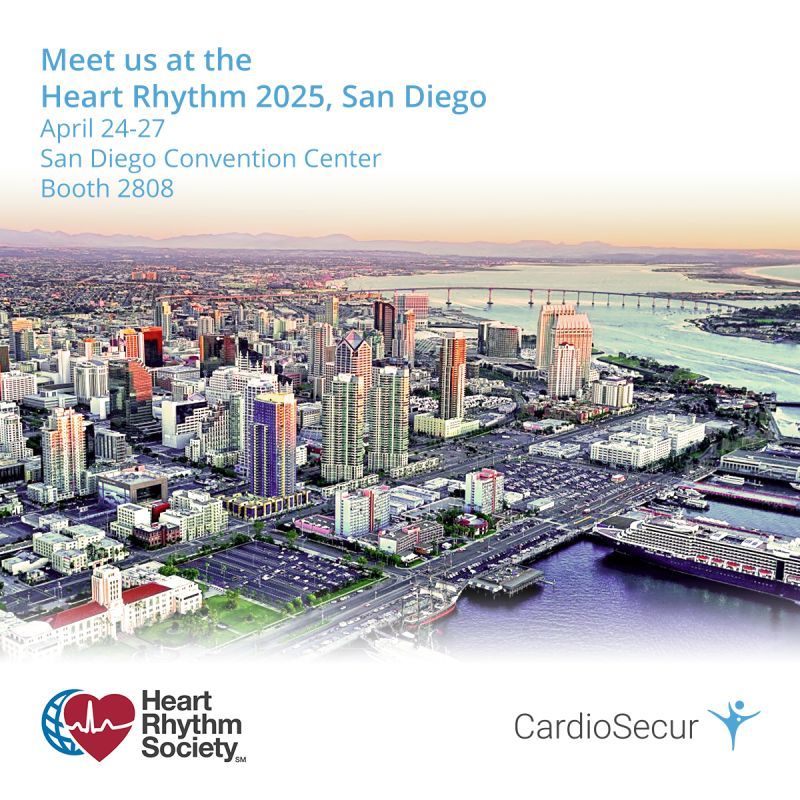
Arrhythmias of the Heart
February 4th, 2016
When the heart gets out of rhythm, and thus, beats too fast, too slow or irregular, one speaks of cardiac arrhythmia.
Normally, the human heart beats 60-80 times per minute (sinus rhythm). The rhythm is defined by the sinus node, which is in the upper part of the right heart atrium. However, the heart beats faster during physical exertion, for example, sport or excitement. During sleep, though, the heartbeat slows. These are ordinary modifications of the heartbeat.
If the normal heart rate is disturbed by various factors, it is called cardiac arrhythmia. A distinction is made between bradycardia (heart beats too slow) tachycardia (heart beats too fast) and arrhythmia (irregular heart beats). On the one hand, these irregularities are formed by disturbances in the formation of electrical impulses and by impaired transmission of electrical impulses.
Slight cardiac arrhythmias are often not perceived by persons concerned. However, in an ECG such irregularities are clearly visible.
The most common form of cardiac arrhythmia is atrial fibrillation. Read more in the post stroke caused by atrial fibrillation.
Sources: http://www.apotheken-umschau.de/Herzrhythmusstoerungen http://www.netdoktor.de/krankheiten/herzrhythmusstoerungen http://www.kardionet.de/herzrhythmusstoerungen



